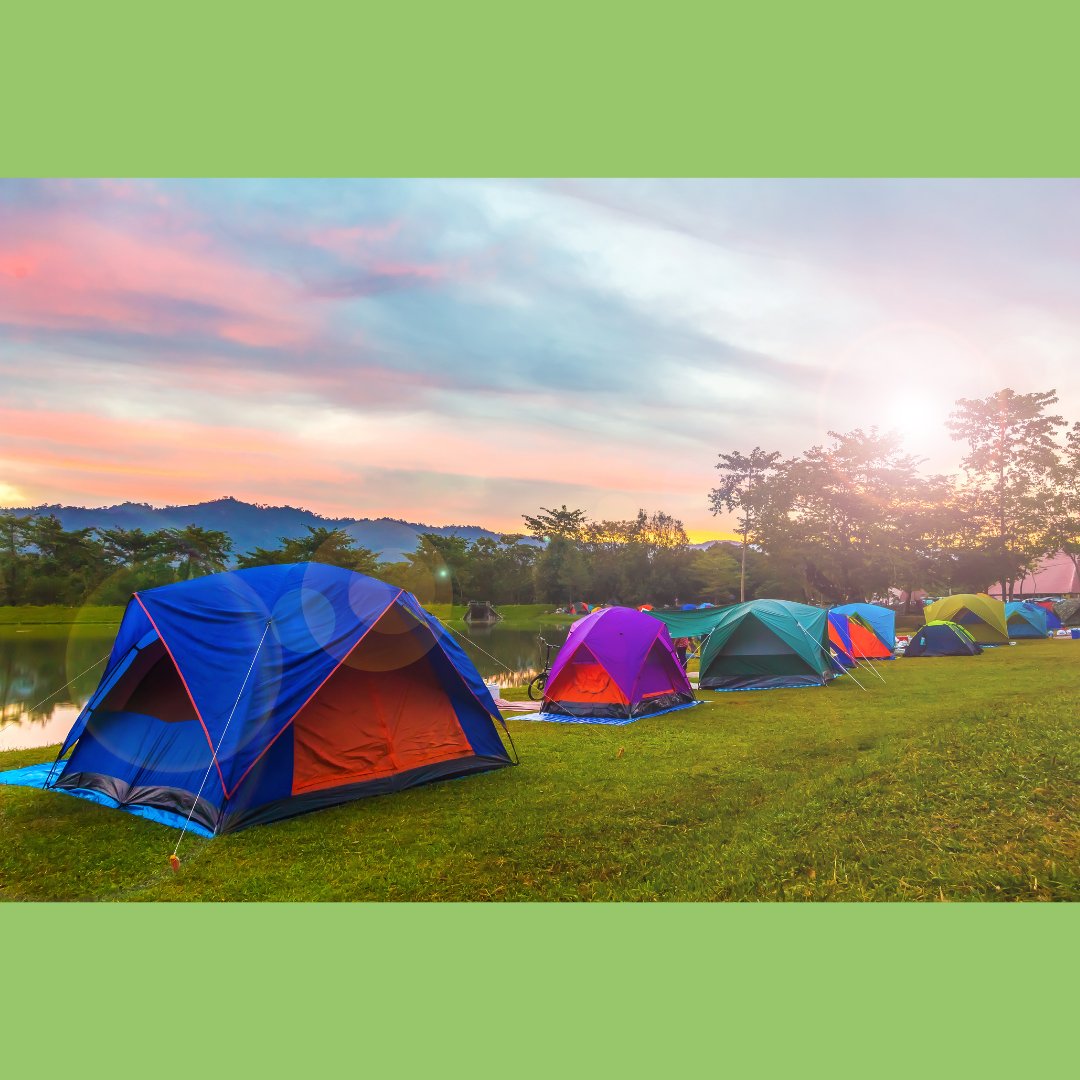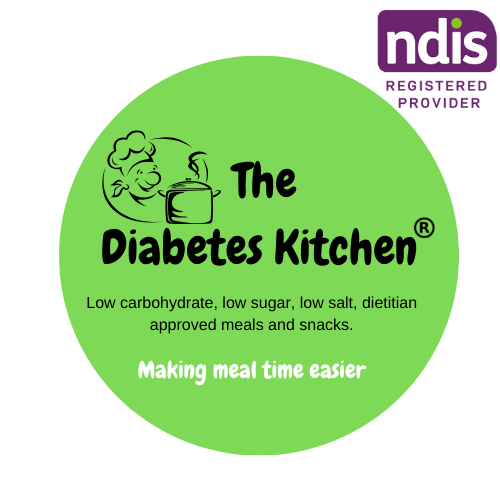With a couple of long weekends coming up, lots of people take advantage of the public holidays and go camping.
Australia offers a diverse range of camping destinations, from coastal beaches to rugged outback landscapes. When it comes to safety, several factors should be considered, including accessibility, local weather conditions, wildlife encounters, and emergency services availability. Here are some of the safest places to go camping in Australia:
-
National Parks:
- Many of Australia's national parks offer designated campgrounds with facilities such as toilets, picnic areas, and sometimes showers.
- Popular national parks for camping include Kakadu National Park (Northern Territory), Wilsons Promontory National Park (Victoria), and Freycinet National Park (Tasmania).
- Follow park regulations and safety guidelines, and be mindful of any fire bans or wildlife warnings.
-
Caravan Parks:
- Caravan parks are often equipped with amenities such as powered sites, communal kitchens, and laundry facilities, making them ideal for family camping trips or those seeking more comfort.
- Look for accredited caravan parks with good reviews and safety features such as secure entry gates and well-lit areas.
-
State Forests:
- State forests across Australia offer a range of camping opportunities, from basic bush campsites to more developed campgrounds.
- Research specific state forest areas and their camping facilities, and check for any permits or regulations required for camping.
-
Coastal Campgrounds:
- Australia's stunning coastline provides numerous camping opportunities, with beachfront campgrounds offering beautiful views and access to swimming, fishing, and other water activities.
- Check local tide and weather conditions, be aware of potential hazards such as strong currents or marine stingers (in northern regions), and always swim at patrolled beaches.
-
Conservation Reserves:
- Many conservation reserves and protected areas offer camping facilities in tranquil natural settings.
- Consider destinations such as the Grampians (Victoria), Cape Range National Park (Western Australia), and Lamington National Park (Queensland) for camping experiences surrounded by scenic beauty and diverse wildlife.
-
Remote Outback Camping:
- For more adventurous campers, remote outback areas such as the Flinders Ranges (South Australia) or the Kimberley region (Western Australia) offer unique camping experiences amidst rugged landscapes.
- Be well-prepared with ample supplies, plenty of water, navigation tools, and a reliable communication device, as services may be limited in remote areas.
-
Department of Parks and Wildlife Campsites:
- Many state and territory governments provide online resources and maps of camping areas managed by the Department of Parks and Wildlife.
- Check for updated information on campground availability, conditions, and any park alerts or closures before embarking on your camping trip.
Regardless of where you choose to go camping in Australia, it's important to prioritise safety by being well-prepared, respecting the environment, and following local regulations and guidelines. Always inform someone of your travel plans, carry essential supplies and emergency equipment, and be aware of your surroundings at all times.
And don't forget - our pouch ready meals are ideal for camping!





